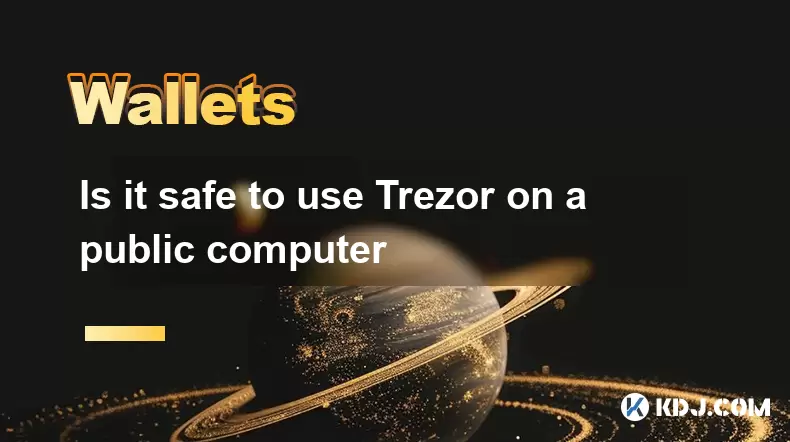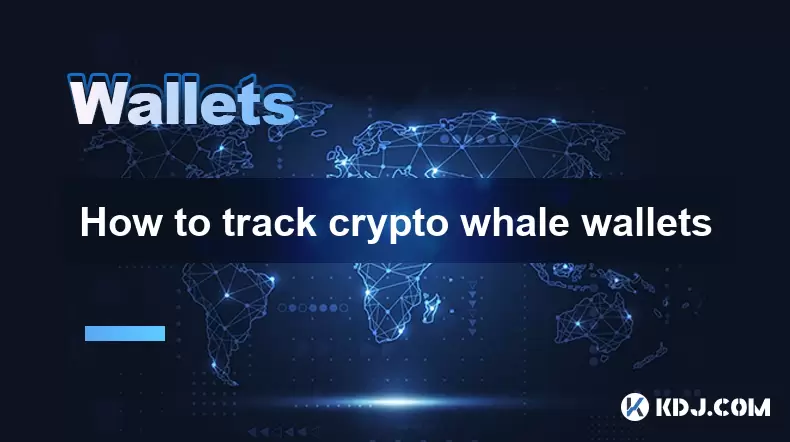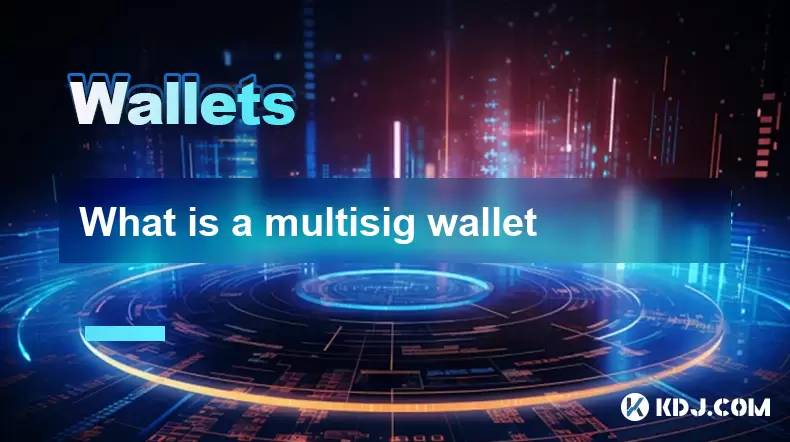-
 Bitcoin
Bitcoin $118,209.3536
1.16% -
 Ethereum
Ethereum $3,151.7546
5.98% -
 XRP
XRP $2.9277
2.35% -
 Tether USDt
Tether USDt $1.0000
0.00% -
 BNB
BNB $689.7099
1.26% -
 Solana
Solana $163.4270
1.91% -
 USDC
USDC $1.0000
0.02% -
 Dogecoin
Dogecoin $0.1983
3.74% -
 TRON
TRON $0.3008
0.51% -
 Cardano
Cardano $0.7435
2.86% -
 Hyperliquid
Hyperliquid $47.6547
-0.48% -
 Stellar
Stellar $0.4625
2.79% -
 Sui
Sui $3.9921
2.71% -
 Chainlink
Chainlink $16.0608
4.23% -
 Hedera
Hedera $0.2348
1.56% -
 Bitcoin Cash
Bitcoin Cash $496.6985
1.25% -
 Avalanche
Avalanche $21.9038
5.41% -
 UNUS SED LEO
UNUS SED LEO $8.8356
-1.88% -
 Shiba Inu
Shiba Inu $0.0...01364
5.31% -
 Toncoin
Toncoin $3.1102
4.35% -
 Litecoin
Litecoin $95.9756
3.59% -
 Polkadot
Polkadot $4.0925
5.78% -
 Monero
Monero $333.7622
-1.44% -
 Uniswap
Uniswap $9.1968
2.25% -
 Bitget Token
Bitget Token $4.6378
6.23% -
 Pepe
Pepe $0.0...01282
6.77% -
 Dai
Dai $1.0002
0.03% -
 Ethena USDe
Ethena USDe $1.0005
0.00% -
 Aave
Aave $329.9143
4.49% -
 Bittensor
Bittensor $441.4995
6.89%
Is it safe to use Trezor on a public computer
Using Trezor on a public computer poses risks like malware, phishing, and session hijacking, so always verify URLs, avoid storing data, and use HTTPS for safer access.
Jul 09, 2025 at 08:56 pm

Understanding the Risks of Using Trezor on a Public Computer
Using a Trezor hardware wallet is generally considered one of the most secure methods for storing cryptocurrencies. However, the safety of using it on a public computer comes with significant caveats. Public computers, such as those found in libraries, internet cafes, or shared office spaces, are often used by multiple users and may not be maintained with the same level of security as personal devices. This introduces potential risks like malware, keyloggers, and untrusted browser extensions that could compromise your private keys or recovery phrase.
One primary concern when using Trezor on a public machine is the possibility of device fingerprinting or session hijacking. These attacks can occur if the public network or device has been tampered with, allowing malicious actors to intercept sensitive data during your session.
What Happens When You Connect Trezor to a Public Computer?
When you connect your Trezor wallet to a public computer via USB, the device remains secure due to its offline private key storage. The private keys never leave the device, which means they cannot be accessed by the host computer. However, this doesn’t eliminate all risks. For instance, phishing attempts through fake versions of the Trezor Suite interface could trick you into entering your recovery phrase or passphrase.
Another issue arises from the use of web-based interfaces. Most users access their Trezor wallets through the Trezor Suite website, which must be accessed via a browser on the public computer. If that browser is compromised, there's a chance that JavaScript injections or man-in-the-middle (MITM) attacks could alter what you see on the screen or capture your keystrokes.
Steps to Safely Use Trezor on a Public Machine
If you absolutely must use your Trezor wallet on a public computer, follow these steps carefully:
- Always verify the URL of the Trezor Suite site before logging in. Ensure it’s the official domain: https://suite.trezor.io.
- Avoid clicking on links from emails or messages; instead, type the URL manually.
- Check for the HTTPS lock icon in the address bar to ensure the connection is encrypted.
- Use a Trezor PIN entry method that involves typing each digit individually using the device’s buttons rather than keyboard input.
- Never store your recovery phrase or passphrase on the public computer.
- After use, always disconnect the Trezor device physically and clear the browser cache and cookies.
These precautions help mitigate some of the risks associated with using cryptocurrency wallets on untrusted machines.
The Role of Two-Factor Authentication and Passphrases
Enabling two-factor authentication (2FA) can provide an extra layer of protection when accessing your Trezor wallet on a public computer. While 2FA won't prevent someone from stealing your private keys, it can stop unauthorized access to accounts linked to your wallet, such as exchange accounts or backup services.
Additionally, using a hidden wallet feature via a custom passphrase adds another level of security. By setting up a secondary wallet with a different passphrase, you can protect your main funds even if someone gains access to your device or recovers the standard wallet. This feature should only be used by advanced users who understand how BIP39 passphrases work and the importance of keeping them separate from the recovery phrase.
Recognizing Signs of Compromise
It's crucial to recognize signs that the public computer might be compromised before connecting your Trezor device. Look out for:
- Unusual pop-ups or redirects when visiting the Trezor Suite site.
- A browser that loads slowly or displays unexpected toolbars or extensions.
- Strange behavior when entering your PIN or interacting with the Trezor interface.
- Any prompts asking for your recovery phrase outside of initial setup or recovery processes.
If any of these red flags appear, it's best to avoid using that computer for cryptocurrency transactions altogether.
Frequently Asked Questions
Q: Can I lose my funds permanently if I use Trezor on a public computer?
A: Yes, if the public computer is infected with malware that captures your recovery phrase or tricks you into revealing your passphrase, your funds could be stolen. Always assume public computers are unsafe for handling crypto assets unless extreme caution is taken.
Q: Is it safe to install Trezor Bridge on a public computer?
A: No, installing Trezor Bridge or any software on a public computer increases the risk of exposing sensitive information. It’s better to avoid installation and use the web version directly while ensuring the site is legitimate.
Q: What should I do if I accidentally entered my recovery phrase on a public computer?
A: Immediately move your funds to a new wallet and consider the exposed wallet compromised. Generate a new recovery phrase and never reuse the old one.
Q: Are there safer alternatives to using Trezor on a public computer?
A: Yes, using a personal mobile device with a trusted browser or cold storage tools like QR code transfers is far more secure than using a public computer for any cryptocurrency-related activity.
Disclaimer:info@kdj.com
The information provided is not trading advice. kdj.com does not assume any responsibility for any investments made based on the information provided in this article. Cryptocurrencies are highly volatile and it is highly recommended that you invest with caution after thorough research!
If you believe that the content used on this website infringes your copyright, please contact us immediately (info@kdj.com) and we will delete it promptly.
- Eclipse Airdrop and Token Supply: Navigating the Crypto Landscape
- 2025-07-16 18:50:13
- Solana Price, Zebec Network, and Remittix: Decoding the Crypto Signals
- 2025-07-16 18:30:13
- Crypto Picks & Altcoin Breakout: August's Hottest Trends
- 2025-07-16 18:30:13
- XLM Stellar Analyst Prediction: Is a $10 Target on the Horizon?
- 2025-07-16 19:10:12
- Dubai, Ripple, and Tokenization: A New Era for Real Estate
- 2025-07-16 18:50:13
- Unilabs Finance (UNIL): Primed for a Massive 2025 Launch?
- 2025-07-16 19:15:12
Related knowledge

What is a hardware wallet's secure element
Jul 11,2025 at 10:14pm
What is a Hardware Wallet's Secure Element?A hardware wallet is one of the most secure ways to store cryptocurrencies. Unlike software wallets, which ...

How to track crypto whale wallets
Jul 16,2025 at 10:00am
What Are Crypto Whale Wallets?Crypto whale wallets refer to large cryptocurrency holdings controlled by individuals or entities that have the potentia...

What is the difference between a custodial and non-custodial wallet
Jul 13,2025 at 03:21am
Understanding Wallet Types in CryptocurrencyIn the world of cryptocurrency, digital wallets play a crucial role in managing and securing assets. A wal...

What is a multisig wallet
Jul 16,2025 at 01:42am
Understanding the Concept of a Multisig WalletA multisignature (multisig) wallet is a type of cryptocurrency wallet that requires more than one privat...

How to add a new network to MetaMask
Jul 11,2025 at 11:42pm
Understanding the Need to Add a New NetworkWhen using MetaMask, a popular Ethereum-based cryptocurrency wallet, users often need to interact with diff...

How to add Ethereum L2 networks like Arbitrum to Trezor
Jul 11,2025 at 12:36am
What Is Ethereum L2 and Why Add It to Trezor?Ethereum Layer 2 (L2) networks, such as Arbitrum, are scaling solutions designed to reduce congestion on ...

What is a hardware wallet's secure element
Jul 11,2025 at 10:14pm
What is a Hardware Wallet's Secure Element?A hardware wallet is one of the most secure ways to store cryptocurrencies. Unlike software wallets, which ...

How to track crypto whale wallets
Jul 16,2025 at 10:00am
What Are Crypto Whale Wallets?Crypto whale wallets refer to large cryptocurrency holdings controlled by individuals or entities that have the potentia...

What is the difference between a custodial and non-custodial wallet
Jul 13,2025 at 03:21am
Understanding Wallet Types in CryptocurrencyIn the world of cryptocurrency, digital wallets play a crucial role in managing and securing assets. A wal...

What is a multisig wallet
Jul 16,2025 at 01:42am
Understanding the Concept of a Multisig WalletA multisignature (multisig) wallet is a type of cryptocurrency wallet that requires more than one privat...

How to add a new network to MetaMask
Jul 11,2025 at 11:42pm
Understanding the Need to Add a New NetworkWhen using MetaMask, a popular Ethereum-based cryptocurrency wallet, users often need to interact with diff...

How to add Ethereum L2 networks like Arbitrum to Trezor
Jul 11,2025 at 12:36am
What Is Ethereum L2 and Why Add It to Trezor?Ethereum Layer 2 (L2) networks, such as Arbitrum, are scaling solutions designed to reduce congestion on ...
See all articles

























































































